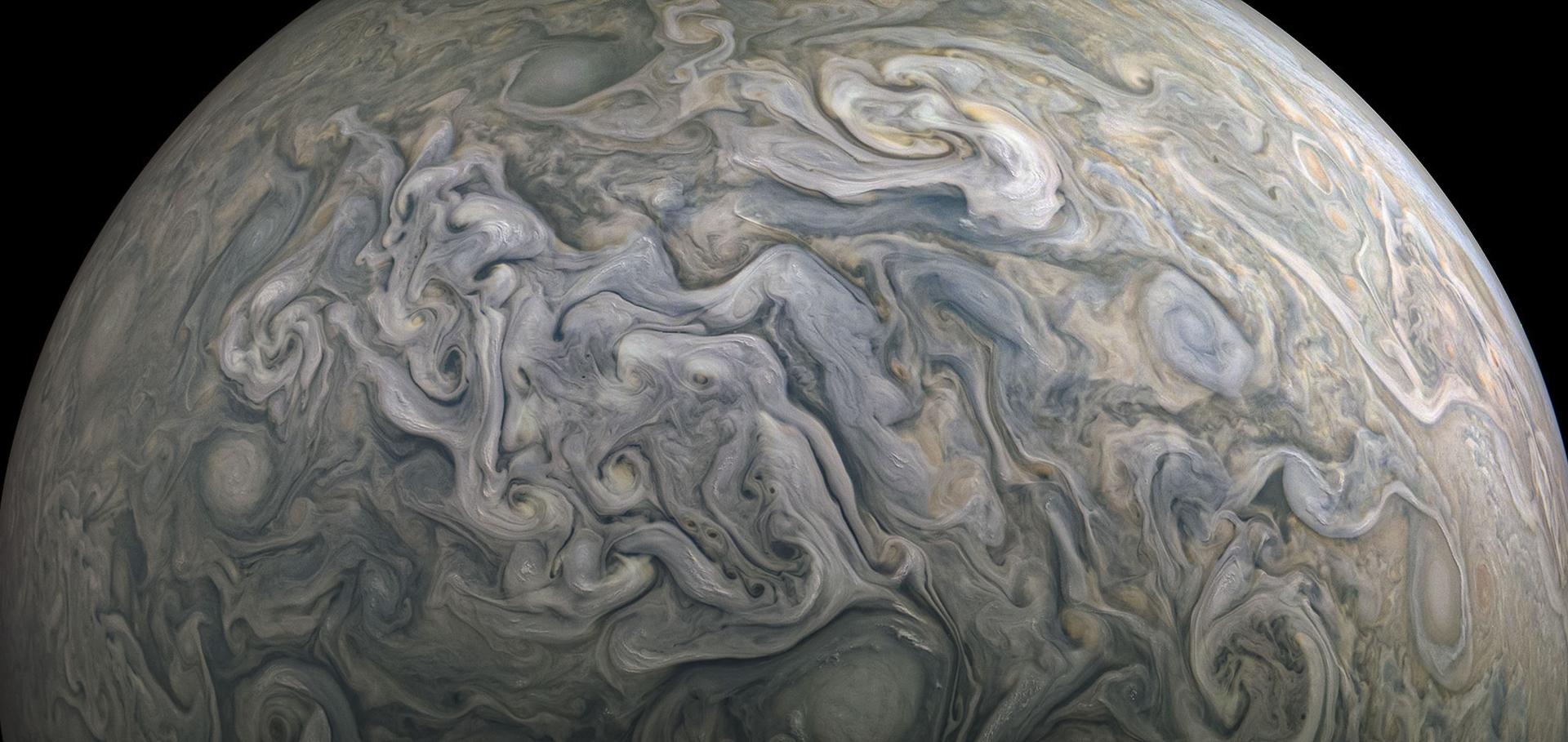Hierarchical methods for global-scale estimation problems
2006 Canadian Conference on Electrical and Computer Engineering Institute of Electrical and Electronics Engineers (IEEE) 1 (1998) 161-164 vol.1
Effects of subsurface ocean dynamics on instability waves in the tropical Pacific
JOURNAL OF GEOPHYSICAL RESEARCH-OCEANS 103:C9 (1998) 18649-18663
Comparisons of altimetric sea surface height and radiometric sea surface temperature in the South Atlantic
European Space Agency, (Special Publication) ESA SP (1997) 1343-1348
Abstract:
In recent years, altimetric measurements of sea surface height (SSH) and infrared radiometric measurements of sea surface temperature (SST) have provided a wealth of information about ocean circulation and atmosphere/ocean interactions. We use SST data from the Along-Track Scanning Radiometer (ATSR) to examine the relationship between SST and SSH anomalies (from temporal means). It is found that zero-lag spatial cross correlations between SST and SSH anomalies are surprisingly strong (∼0.7) in specific geographical locations associated with mesoscale variability. The correlations are seasonal, being strongest in winter months and weakest in summer months. A scale analysis of the correlations suggests that they are mainly due to features with wavelengths ∼600 km, implying that large meanders in ocean fronts and/or mesoscale eddies could be responsible.Optimal filtering in singular spectrum analysis
Physics Letters, Section A: General, Atomic and Solid State Physics 234:6 (1997) 419-428
Abstract:
Singular spectrum analysis (SSA) provides a robust method of separating an arbitrary signal from "white" (independent, identically distributed) noise. In the presence of "coloured" noise, or any autocorrelated process, high-variance components of the noise can confuse the singular value decomposition, thereby obscuring genuine signals which are, in principle, detectable. A generalization of SSA is presented which yields both an optimal filter to discriminate against an arbitrary coloured noise and an objective method of quantifying uncertainty in signal reconstruction. The algorithm is applied to a simple synthetic signal-separation problem and used to resolve a degeneracy in the SSA of interannual and interdecadal variability of the Earth's global mean temperature. © 1997 Elsevier Science B.V.Decadal predictability of North Atlantic sea surface temperature and climate
Nature 388:6642 (1997) 563-567


